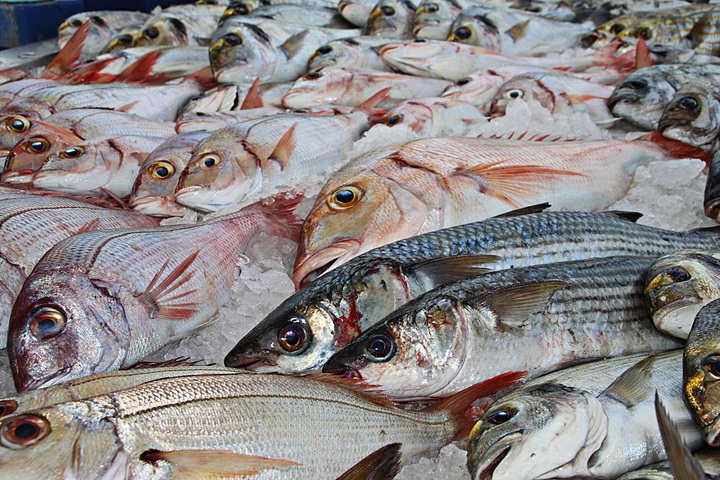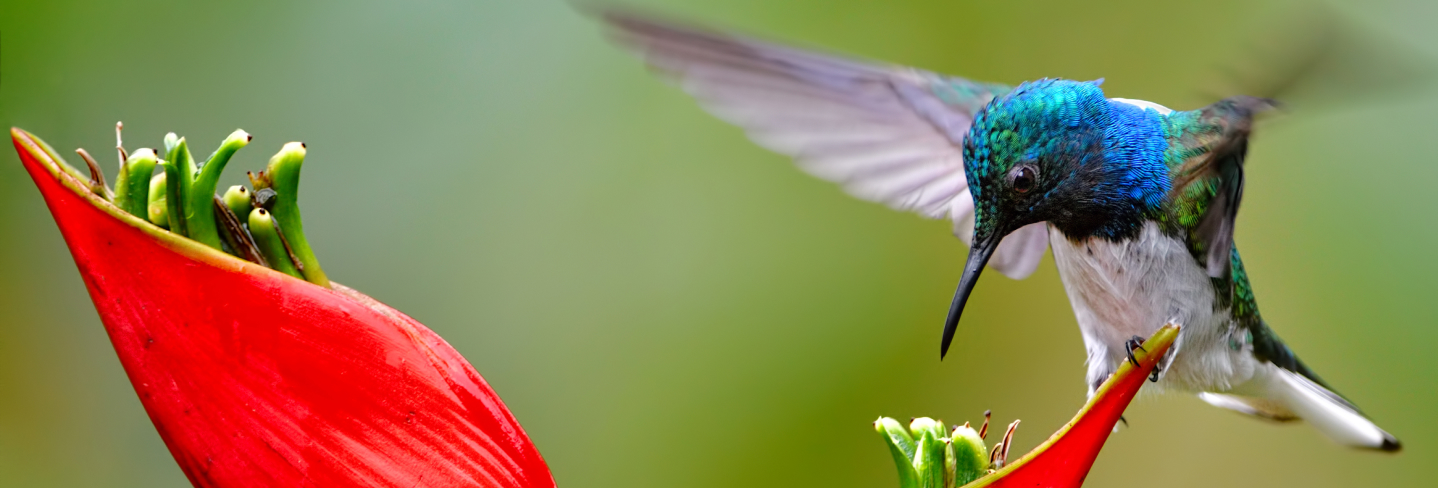Get 1000 Hours free
On the UCSD Supercomputer
Start Your Trial
A new barcoding study shows hidden diversity and illegal commercial trade in endangered fish species, and suggests improvements to current practice.
In a recent Scientific Reportsarticle, Santana and colleagues conducted a DNA barcoding study to survey all teleost fish species sold in Bragança, a major fishing hub on the north coast of Brazil. The study was undertaken because local names used in the commercial fish trade are inaccurately applied and are used to describe groups of species rather than individual species. Also, barcoding can reveal cryptic species that are missed by morphological traits alone. The authors sought to quantify just how much diversity is masked by use of inaccurate commercial naming conventions, and what the consequences of such masking might be.
Two hundred specimens were collected from the fish market at Bragança over a 35-month period. The market receives fish from two types of local fleets: one is supplied mainly by industrial fishing that targets species of great commercial value, while the other is supplied mainly by artisanal fishing that captures fish with less selectivity and greater diversity. This strategy is intended to cast the broadest possible net in exploring the diversity of the local catch.
The authors analyzed Cytochrome oxidase 1 (Cox1/COI) DNA sequences and identified species by similarity to sequences available in public banks, using BLAST. Then they established phylogeny of the catch, using tools available at CIPRES. The jModelTest2 code was used to identify the correct evolutionary model followed by Bayesian tree inference using BEAST v. 1.8.4.
DNA barcoding for ichthyodiversity identification.
The DNA Barcoding approach identified 82 species, representing the highest ichthyodiversity ever detected for this area. The increased diveristy reflects the greater sensitivity of DNA Barcoding relative to morphology alone in identifying species.
There are obvious concerns when fish stocks are being exploited at a commercial level before the composition of the local populations are fully understood. In such a scenario, fish stocks could collapse before the species is even known to exist in the ecosystem.
Trade in threatened species
The study detected commercial sale of five species currently desginated at some level of threat, ranging from the near threatened Lutjanus synagris, the vulnerable S. parkeri, Megalops atlanticus, and Lutjanus purpureus, and the critically endangered Goliath grouper (Epinephelus itajara). Sale of the latter species has been illegal since 2002, meaning the species has experienced a reduction of at least 80% over the last 10 years or three generations. Because the catch can be marketed through generalist names (e.g. E. itajara is sold under the designation/category “garoupa”), endangered species can appear at commercial marketplaces under the radar. Basically, the trade of endangered species is facilitated by the commercial nomenclature that masks this market.
When the standard is not standard
The authors also encountered significant issues in resolving discrepancies between barcoding sequences and morphological traits. Many of the discrepancies seem to arise from mis-identification of the reference specimen submitted to the database. That is, the sequence is correct, but the taxon it is attributed to is incorrect. This is a known issue, and a clear vulnerability for public databases.
The bottom line
The authors exposed significant weaknesses in the current rules and methodology for monitoring and managing fish stocks. Not surprisingly, DNA Barcoding is shown to be a powerful alternative to rather haphazard current practice and could improve understanding and management of the commercial trade. The authors call for new standards that consider the diversity of names in different Brazilian regions, suggest a new standard with a name for each species is needed.
